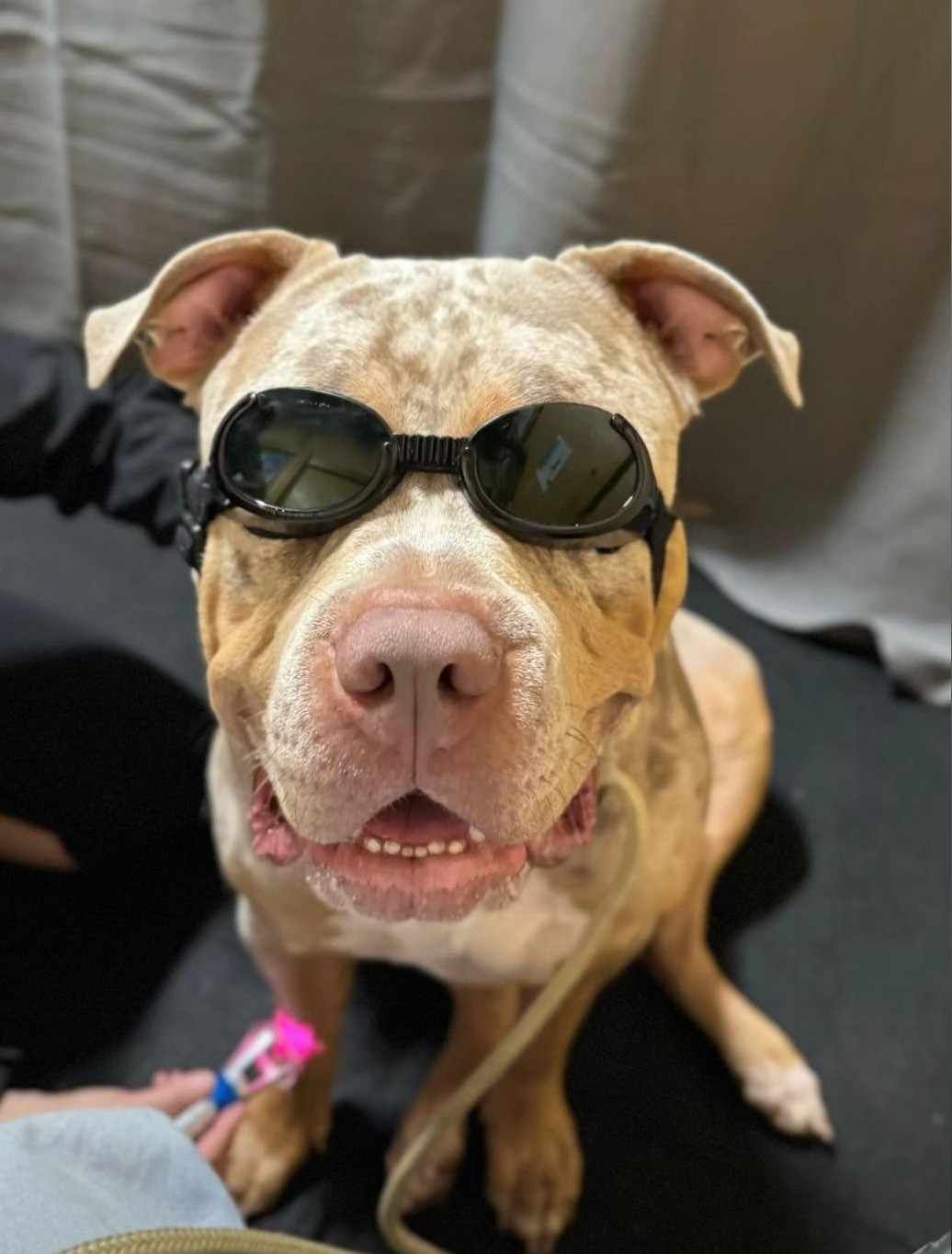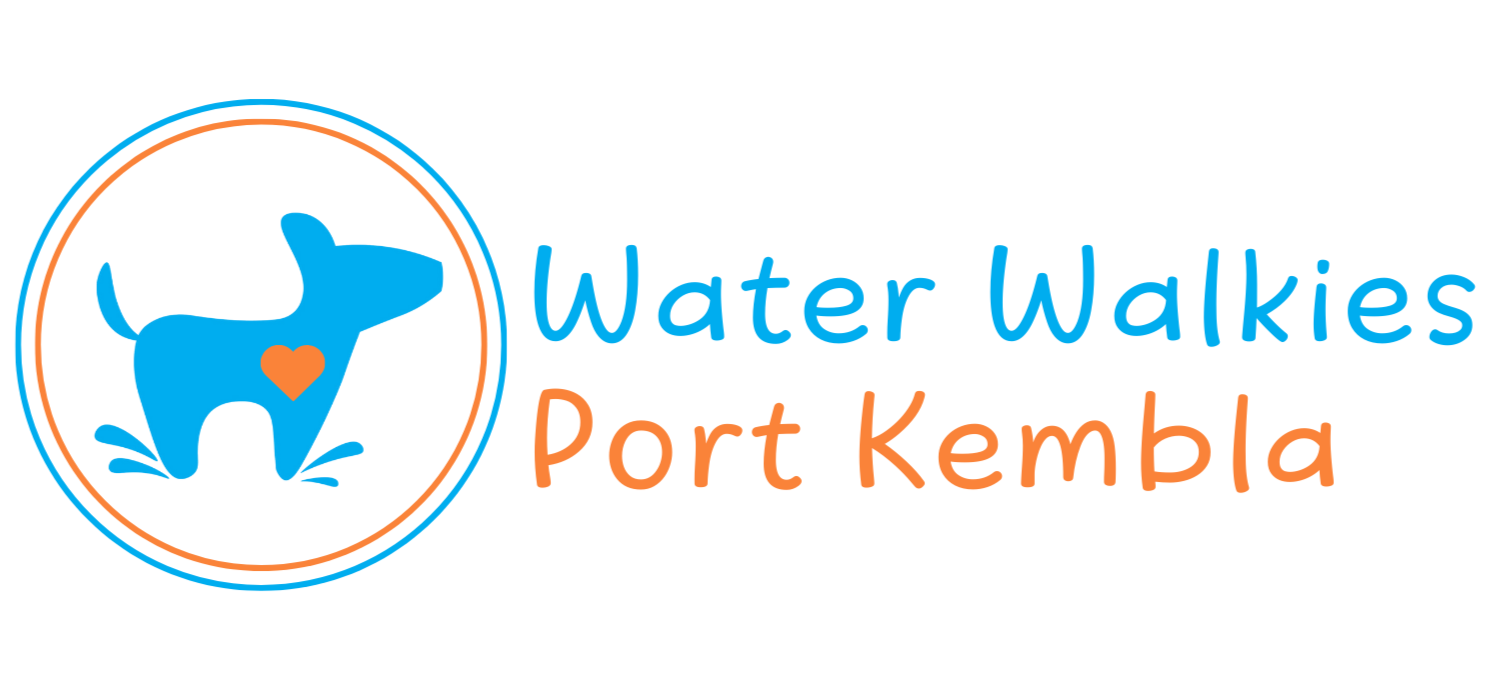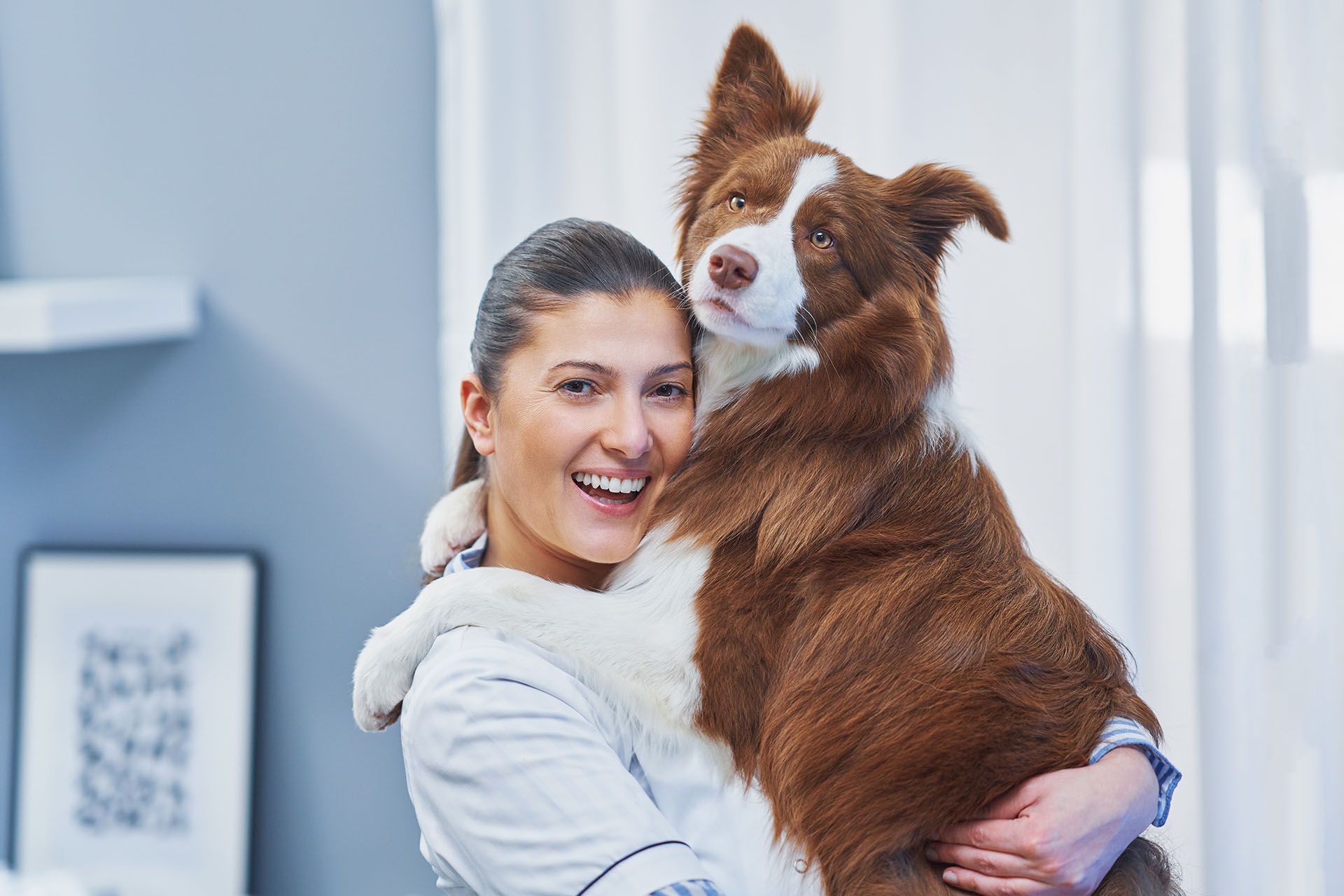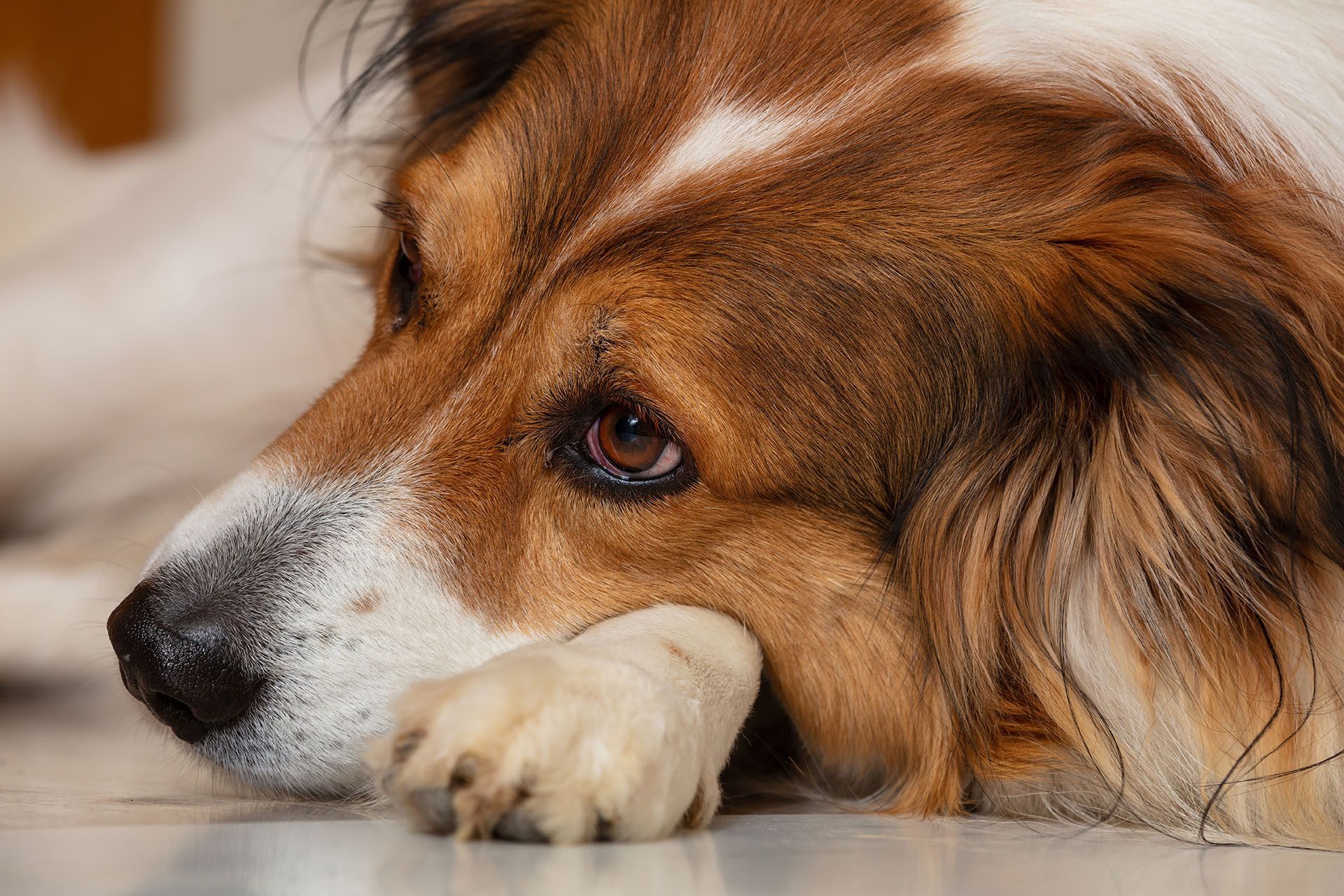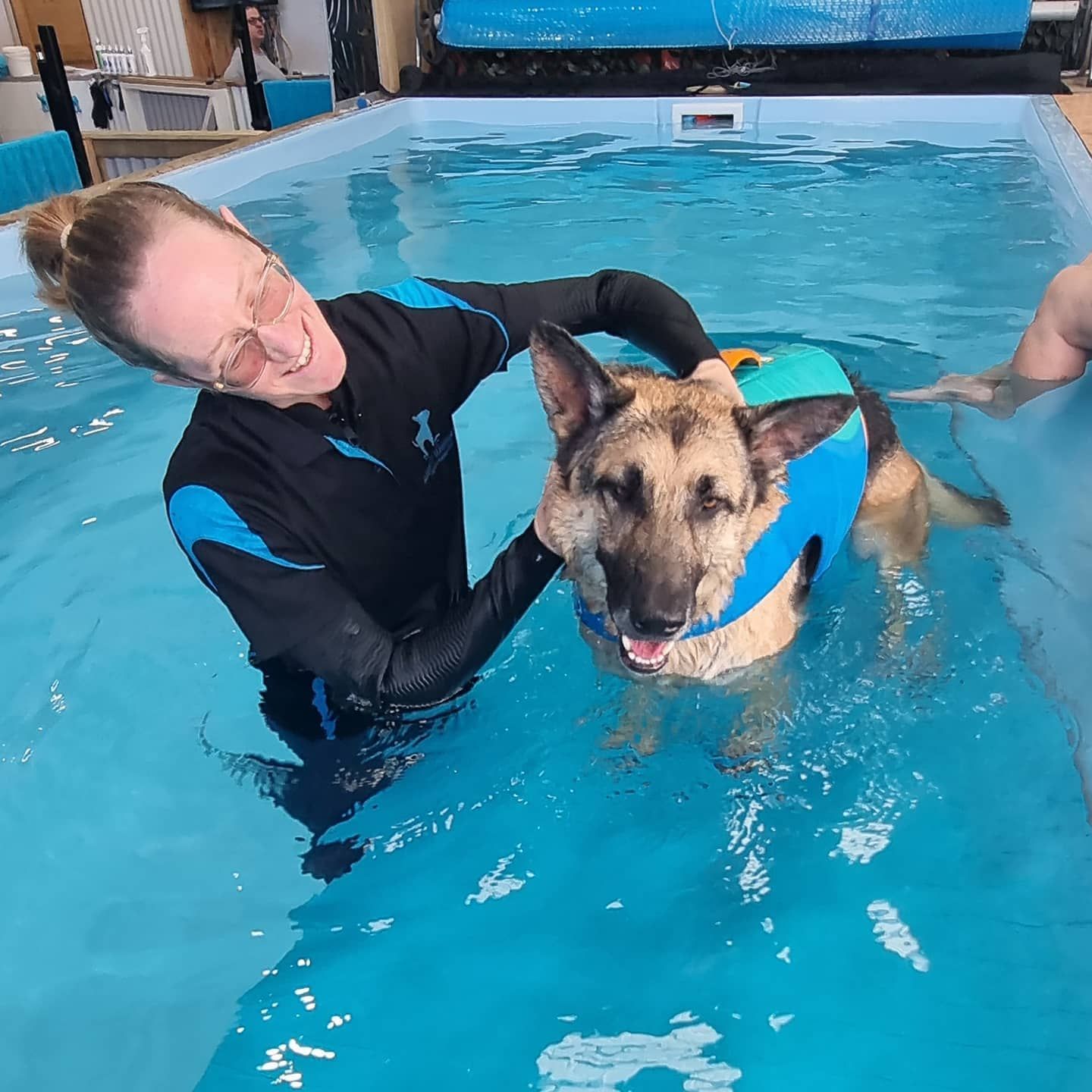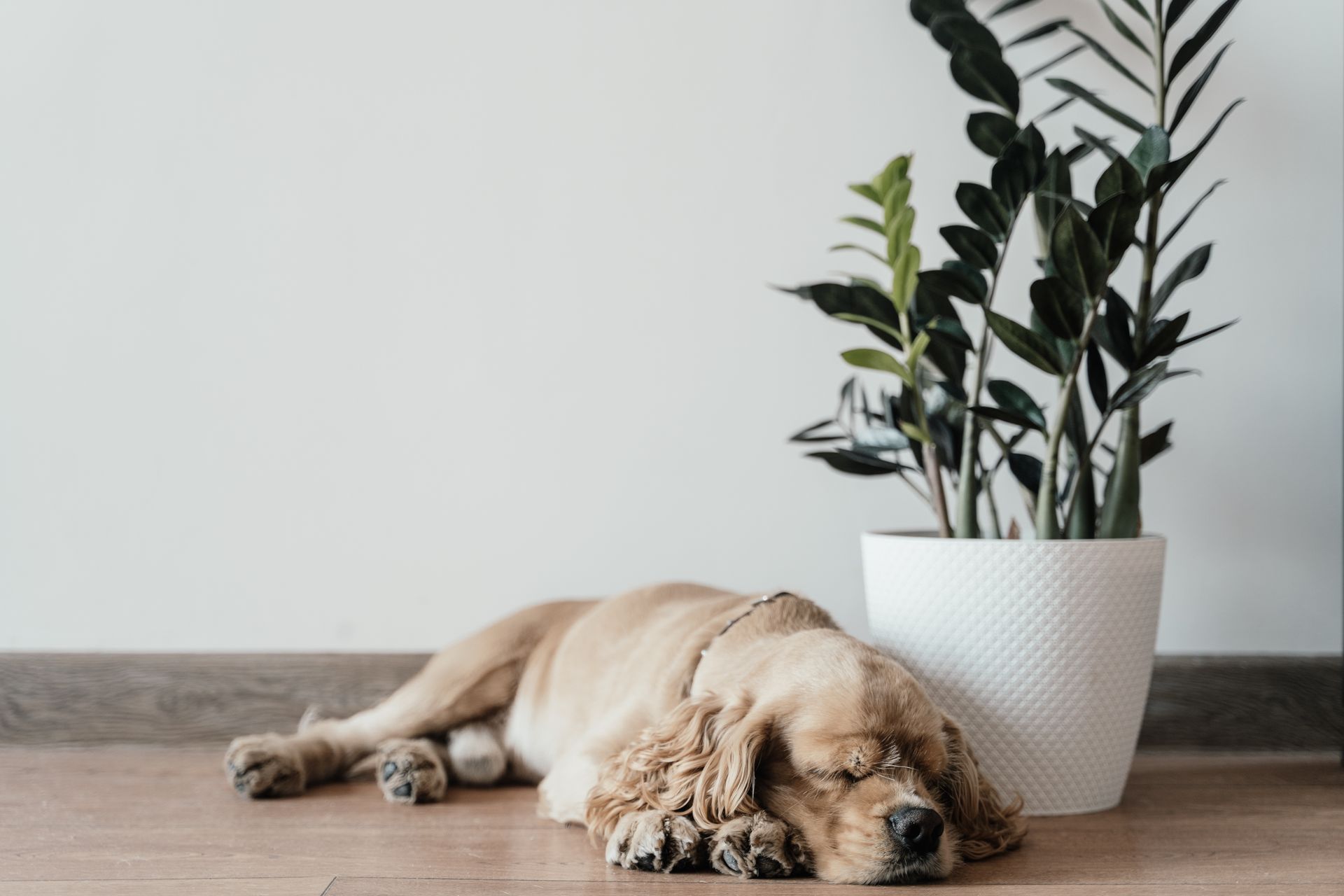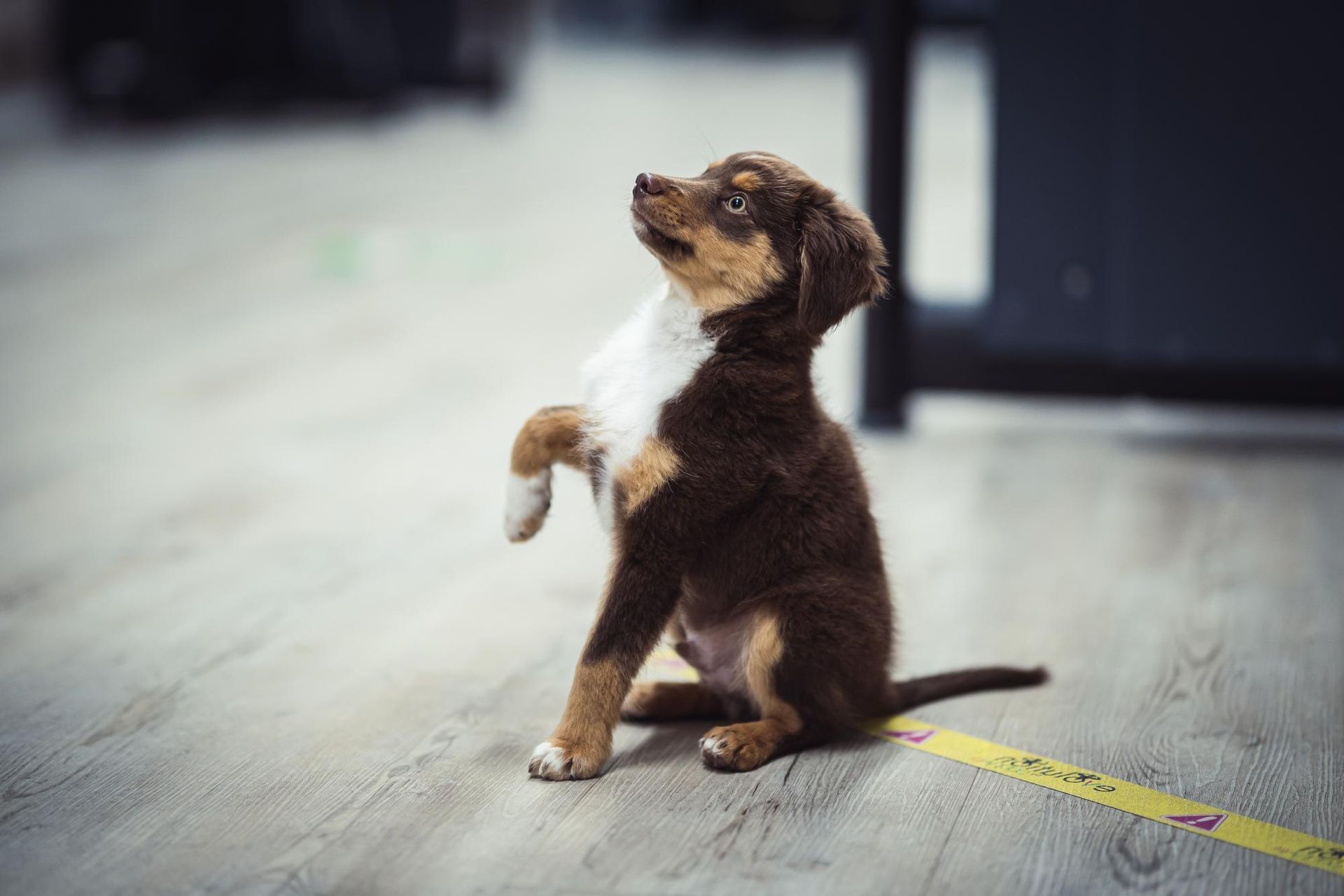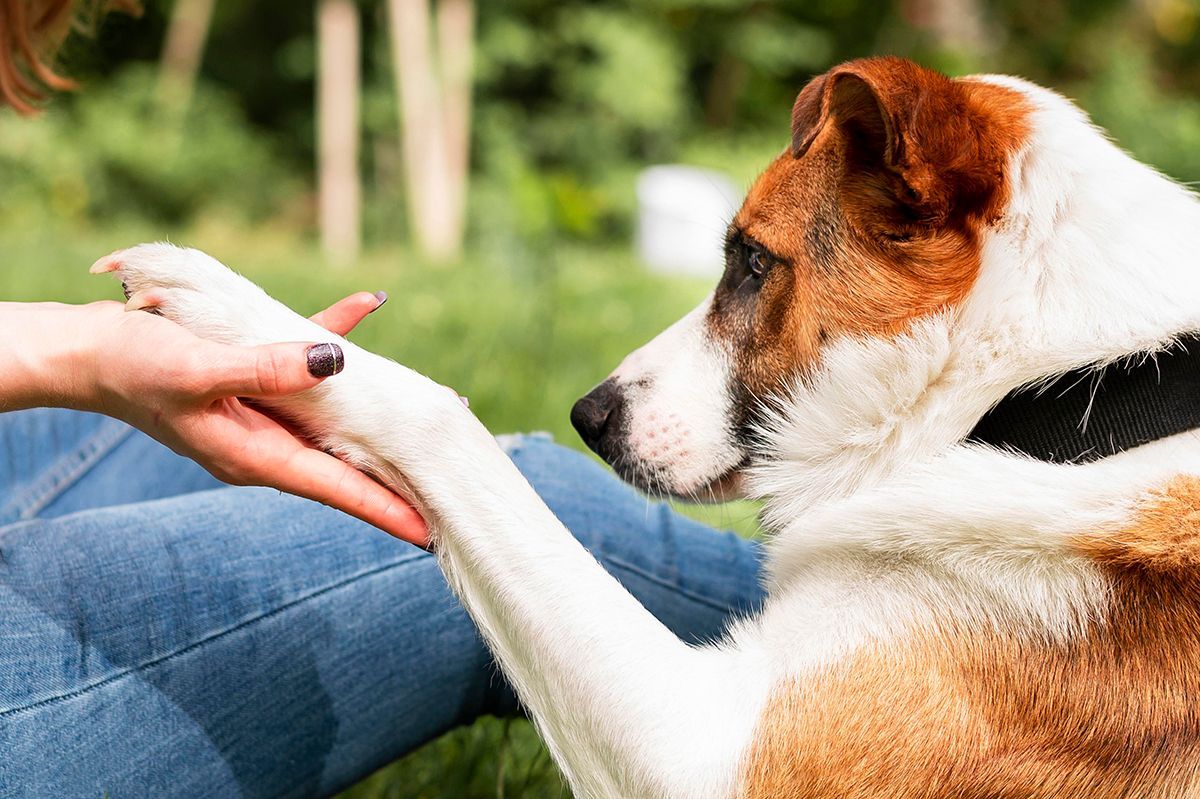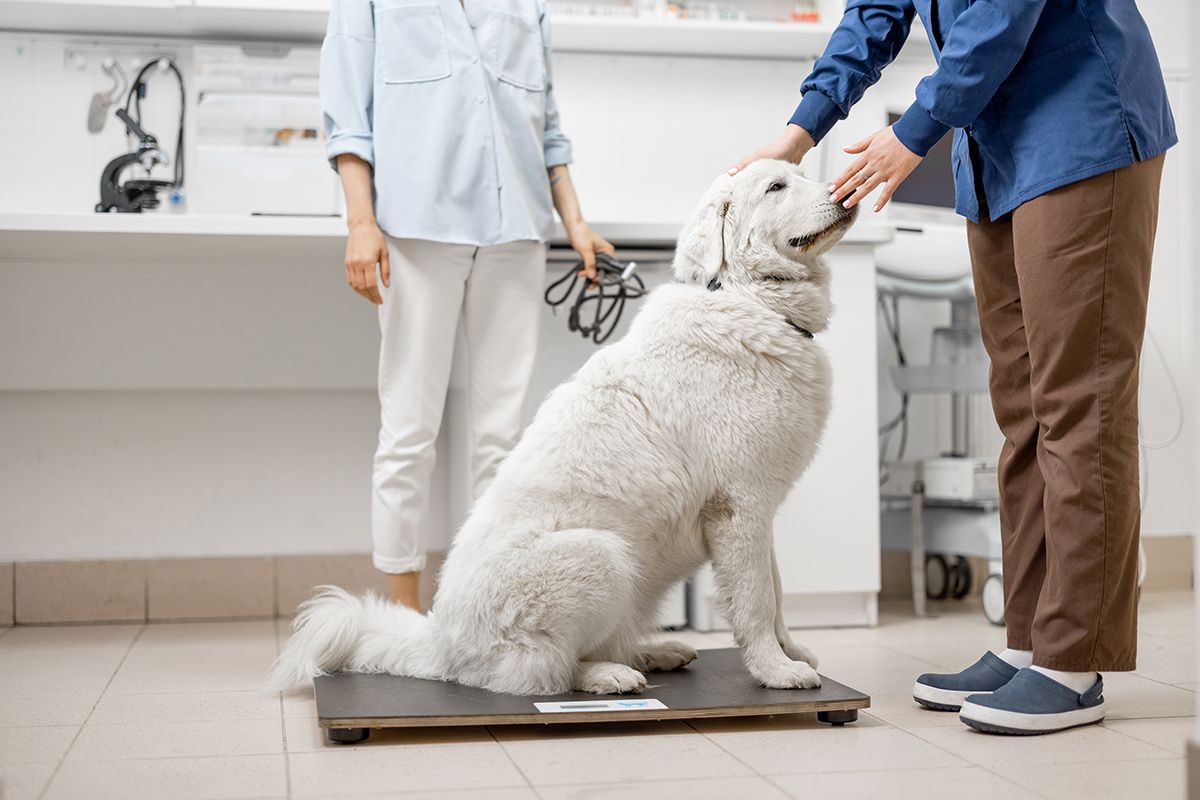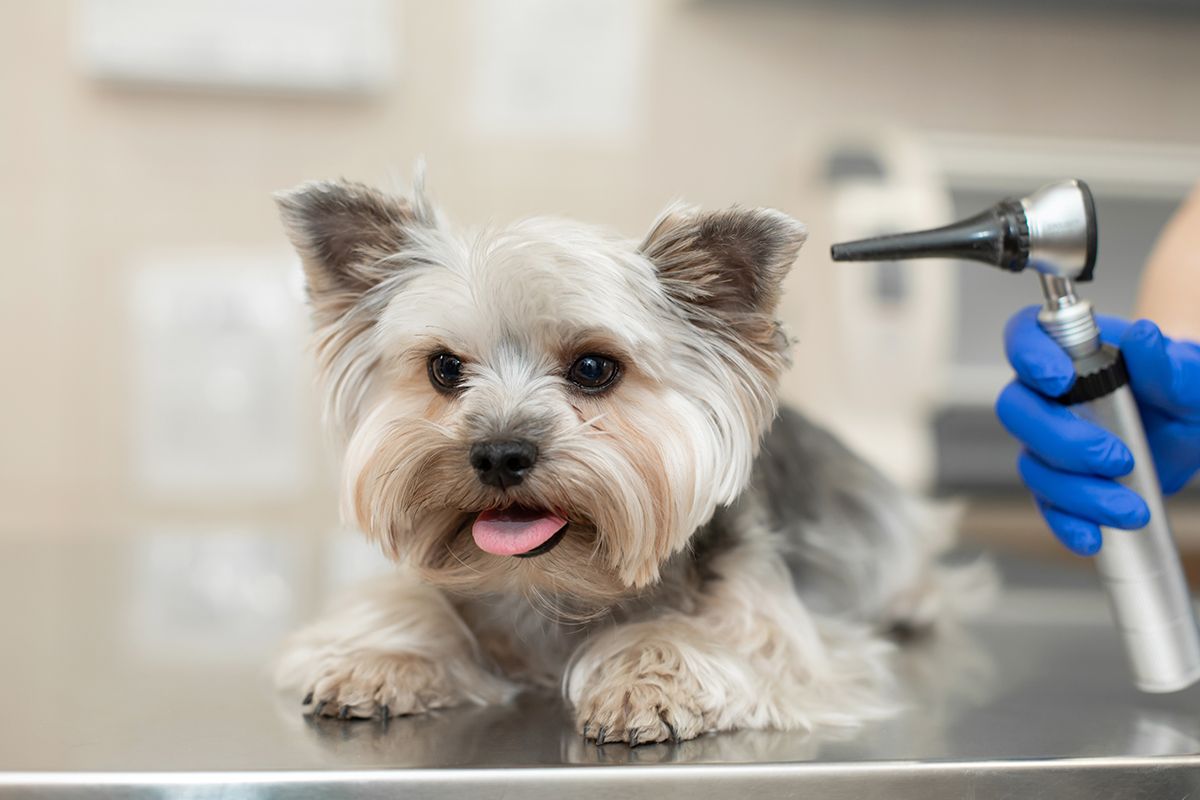Understanding Elbow Osteochondritis Dissecans (OCD) in Dogs
Just like humans, dogs can experience health issues that need our attention and care. Canine Elbow Osteochondritis Dissecans, or Canine Elbow OCD for short, is one of these conditions that can bring discomfort and pain to our beloved furry friends.
Canine Elbow OCD is a condition that affects a dog's elbow joint due to developmental orthopedic issues. It involves a piece of cartilage detaching from the bone beneath it, causing inflammation, pain, and limiting joint movement.
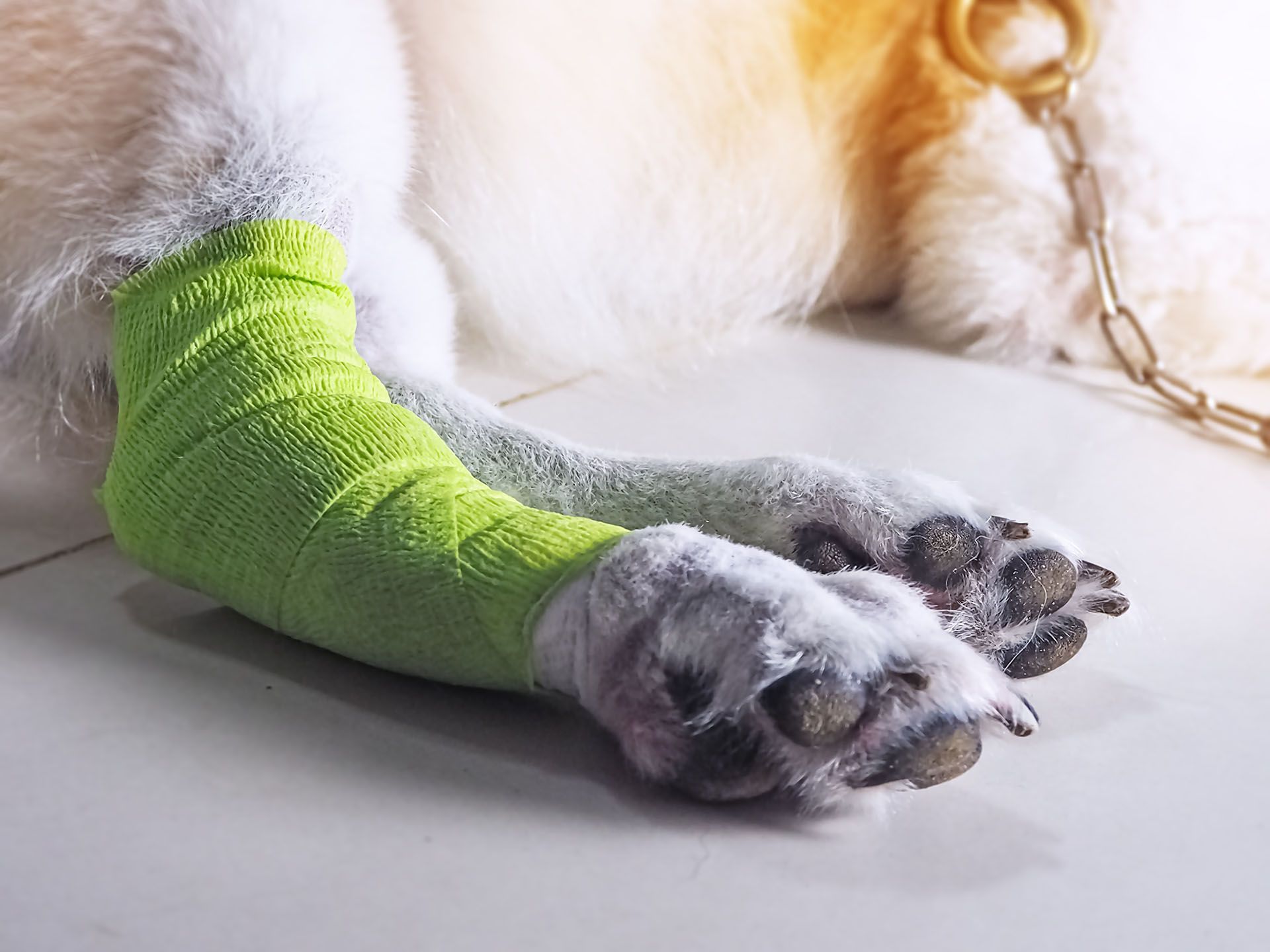
In this blog, we'll delve into Canine Elbow OCD - understanding what it is, recognising its symptoms, and most importantly, discovering how canine hydrotherapy can be a transformative solution to bring relief and recovery to your cherished canine companion.
Understanding Canine Elbow Osteochondritis Dissecans
Causes and Risk Factors
In the case of canine elbow OCD, it specifically affects the elbow joint of dogs, which is made up of three bones: the humerus (upper arm bone), radius, and ulna (forearm bones). OCD can occur in any of these bones, but it most commonly affects the medial aspect of the humeral condyle, which is the part of the humerus that articulates with the radius and ulna in the elbow joint.
Symptoms and Treatments
The clinical signs of osteochondritis dissecans in elbow can include lameness, swelling, and pain in the affected leg, reluctance to bear weight on the leg, and decreased range of motion in the elbow joint. Diagnosis is typically confirmed through a combination of physical examination, radiographs (X-rays), and sometimes additional imaging such as computed tomography (CT) or magnetic resonance imaging (MRI).
Treatment options for canine elbow OCD may include conservative management with rest, anti-inflammatory medications, and weight management, especially in mild cases. In more severe cases, surgical treatment may be necessary, which can involve arthroscopy (minimally invasive joint surgery) to remove the loose cartilage fragment or other surgical techniques depending on the size and location of the lesion.
The Importance of Early Diagnosis
Preventing complications and avoiding advanced surgical procedures can save both emotional stress and financial burden.
In the early stages of Elbow OCD, there is a greater chance of halting or reversing the damage to the elbow joint. Early treatment can prevent the condition from worsening, minimising the need for more invasive and costly procedures in the future.
To ensure the early diagnosis of Elbow OCD in your dog, it's crucial to be attentive to any signs of lameness, joint pain, or discomfort. Regular check-ups with your veterinarian, especially for large or predisposed breeds, can aid in the early detection of this condition.
Which Breeds of Dogs Are Likely to Be Affected by This Condition?
Canine osteochondritis dissecans in elbow (OCD) is more commonly seen in large and giant breed dogs, such as Labrador Retrievers, Golden Retrievers, and Bernese Mountain Dogs, but it can also occur in smaller breeds. The exact cause of OCD is not fully understood, but it is believed to involve a combination of genetic and environmental factors.
At-Home Care for Dogs with Elbow OCD
While professional veterinary care is essential in managing Elbow OCD, there are several at-home care strategies that can help improve the well-being and comfort of dogs afflicted with this condition.
1. Rest and Limit Activity
Rest is crucial for allowing the affected elbow joint to heal. Limit your dog's activity level, avoiding high-impact exercises such as running, jumping, and rough play that can exacerbate the condition. Avoid long walks or strenuous exercise during the recovery period and provide a comfortable and padded resting area for your dog.
2. Pain Management
Your veterinarian may prescribe pain medications such as nonsteroidal anti-inflammatory drugs (NSAIDs) or other pain relief medications to help manage your dog's pain. Follow your veterinarian's instructions on dosage and administration carefully, and monitor your dog for any adverse reactions.
3. Weight Management
Maintaining a healthy body weight is crucial for reducing stress on the affected elbow joint. If your dog is overweight, work with your veterinarian to develop a weight management plan that includes a balanced diet and regular exercise tailored to your dog's needs.
4. Physical Therapy
Your veterinarian may recommend physical therapy exercises to help improve your dog's joint mobility and muscle strength. These exercises should be performed under the guidance of a qualified veterinary professional or a certified canine rehabilitation therapist.
5. Environmental Modifications
Make adjustments to your home environment to accommodate your dog's condition. Provide non-slip surfaces such as rugs or mats to prevent slips and falls and avoid stairs or other obstacles that may require excessive joint movement.
6. Follow-up Veterinary Care
Regular follow-up visits with your veterinarian are important to monitor your dog's progress and adjust the treatment plan as needed. Your veterinarian may recommend additional diagnostic tests, such as X-rays or joint fluid analysis, to evaluate the progress of the condition.
Hydrotherapy for Dogs with Elbow OCD
Hydrotherapy is a form of therapy that involves the use of water-based exercises to provide relief, strengthen muscles, and improve mobility for dogs. This makes it especially beneficial for dogs with elbow OCD. The buoyancy and resistance of water make it an ideal medium for low-impact exercises that can help reduce pain, promote healing, and enhance the range of motion in affected elbows.
Below are some of the benefits of hydrotherapy for dogs with elbow OCD:
Reduced Joint Loading
Hydrotherapy allows for decreased weight-bearing on the affected elbow joint due to buoyancy of water. This can help reduce the stress and load on the joint, allowing for pain-free movement and reduced risk of further damage to the affected area.
Improved Range of Motion
The buoyancy of water can also assist in improving joint range of motion. Water provides support and resistance, which can help with gentle stretching and strengthening exercises without putting excessive strain on the elbow joint.
Increased Muscle Strength and Endurance
Water resistance can provide an effective form of resistance training for the muscles around the elbow joint. This can help to strengthen the muscles, improving stability and support for the joint, and promoting healing of the affected area.
Pain Relief
Hydrotherapy can help to reduce pain associated with Elbow OCD. The warmth of the water can help to relax muscles, decrease muscle spasms, and promote circulation, which can alleviate pain and discomfort in the elbow joint.
Enhanced Proprioception
Proprioception refers to the body's ability to sense the position and movement of its joints. Hydrotherapy can improve proprioception by challenging the body's balance and coordination in water, which can help individuals with Elbow OCD to regain better control over their joint movements.
Safe and Controlled Environment
Hydrotherapy is conducted in a controlled environment with the guidance of a trained therapist, which reduces the risk of injury and allows for individualised treatment plans tailored to the specific needs of the patient.
Conclusion
Your proactive involvement in your dog's recovery is invaluable. Elbow OCD can be a challenging condition, but with your dedication and commitment, your furry friend can have a second chance at a pain-free and active life. Be patient, stay informed, and follow your veterinarian's guidance diligently.
